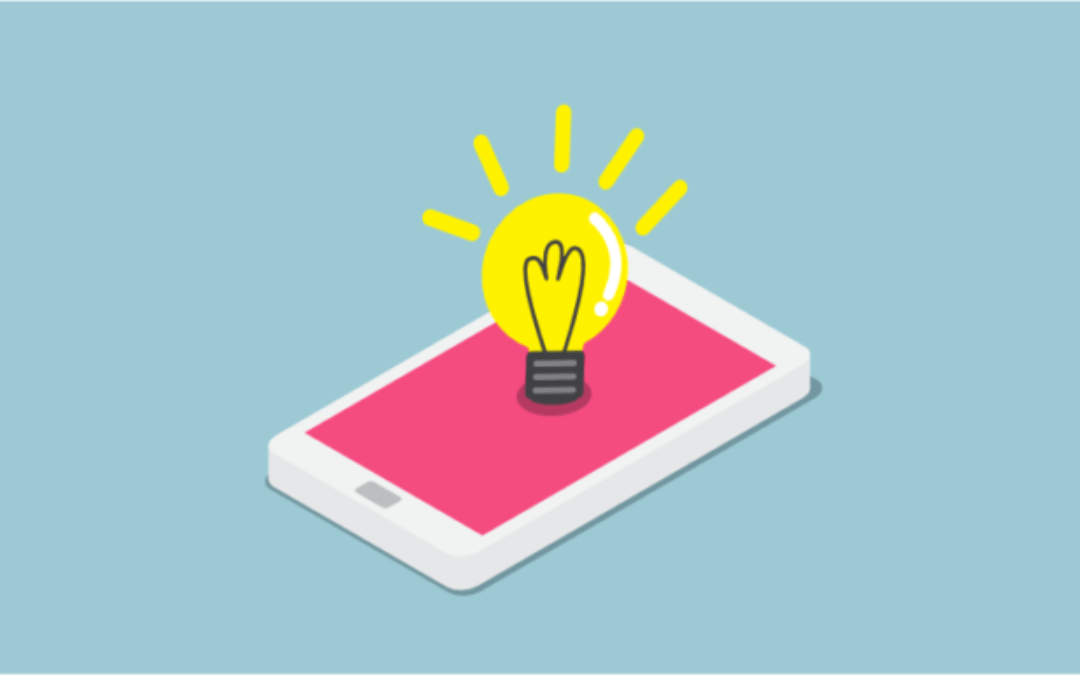Working on a brand project can feel a lot like being back in school. You do your homework, you research, you drink coffee late into the evening. And just like graduating, there comes a crucial moment at the end of the journey where the agency hands off the assets. This hard-earned diploma might be a new visual identity, a new website, or even just a new logo. As far as the SOW is concerned, the “work” is over — but of course, this is where the real work begins: activation.
Sure, you may have a framed degree on the wall, but if you’re not taking active steps to bring those lessons to life, all you’re left with is student debt. So, how does a company truly activate its new design assets so that they become something useful?
We spoke with Senior Designer Robert Saywitz on the subject, and in his mind, you need to educate, activate, and accelerate.
Educate
“First things first, a general education of branding and design will lead to an appreciation of the process. Because of time constraints, many clients don’t understand the amount of work and thought that goes into creating something so simple. This misunderstanding can lead to conflict or mismanaged timetables down the line. One of my favorite quotes is from Charles Mingus. ‘Making the simple complicated is commonplace; making the complicated simple, awesomely simple, that’s creativity,’ he said.
A quick primer creates a shared understanding that leads to a stronger partnership. When both parties understand what’s happening, the dynamic changes from the mechanic who knows everything to a shared sense of involvement. In addition, it gives the client a framework for evaluating the work you create. It’s so easy to get hung up on terminology if you’re not familiar with things like wordmarks or typefaces.
When you take the time to equip your client with the right context, you empower them to take ownership and feel more invested in the brand. People can’t invest in the brand if they don’t understand it.”
Activate
“Often, a client isn’t exactly sure what they need. So, when the time comes to hand off the assets, they might request a super minimal brand guidelines document as the end deliverable. It’s only as you go through the design rounds together that they start to think critically about what they actually need. Suddenly, this simple PDF they requested starts to grow. You start to ask, ‘What would be the most meaningful way to bring this to life for each department?’ Maybe it’s sell sheets, marketing collateral, or even an entire microsite that serves as a brand hub with templates, assets, and explanations.
At the end of the day, activation will only ever be as meaningful as you make it. Design assets can be a thing that sits untouched in a folder on a server, or valuable tools that solve real-world needs. The biggest mistake I see is when an agency rushes to hand everything over. Activation is not some tiny part of the pie, it’s a process that should permeate to all aspects of the brand. From brand guidelines to workshops to education sessions, there are many ways to activate your brand internally.”
Accelerate
“When everyone is educated and bringing the brand to life, things accelerate fast: design has the assets they need, sales understands the story, messaging is aligned and consistent with the aesthetic, everything is unified and connected. Your brand starts to work for you instead of the other way around.
As an example, my first experience with jetBlue incorporated this type of holistic design thinking. From the moment you walk into the terminal, you’re greeted by their specific color palette and clever messaging that guides you through the experience. Every interaction is purposeful and deliberate — the messaging on the walls, the napkin at the airport bar, the uniforms of the flight attendants and how they interact with you, the graphics on the actual plane — it’s all connected and telling a singular story. People are being walked through an experience with a level of care and detail that goes beyond mere functionality. It’s an end-to-end experience where design elevates the highest possible value of a brand. When it feels like a single hand crafted every touchpoint, people fall in love with your brand. A company is a complex thing, but peoples’ experience of the brand should be a simple, unified interaction.
When you’re firing on all cylinders, everything becomes a useful tool. Assets, guidelines, strategy, writing, the tone of voice, it all gets funneled together and draws people in. That’s why it’s so important not to bifurcate the process. You don’t want to simply hand off a document and say, “Hey, good luck.” Educate the key players, make them understand and fall in love with the story — so they are compelled to go tell it themselves.”
Emotive Brand is a brand strategy and design agency in San Francisco.





